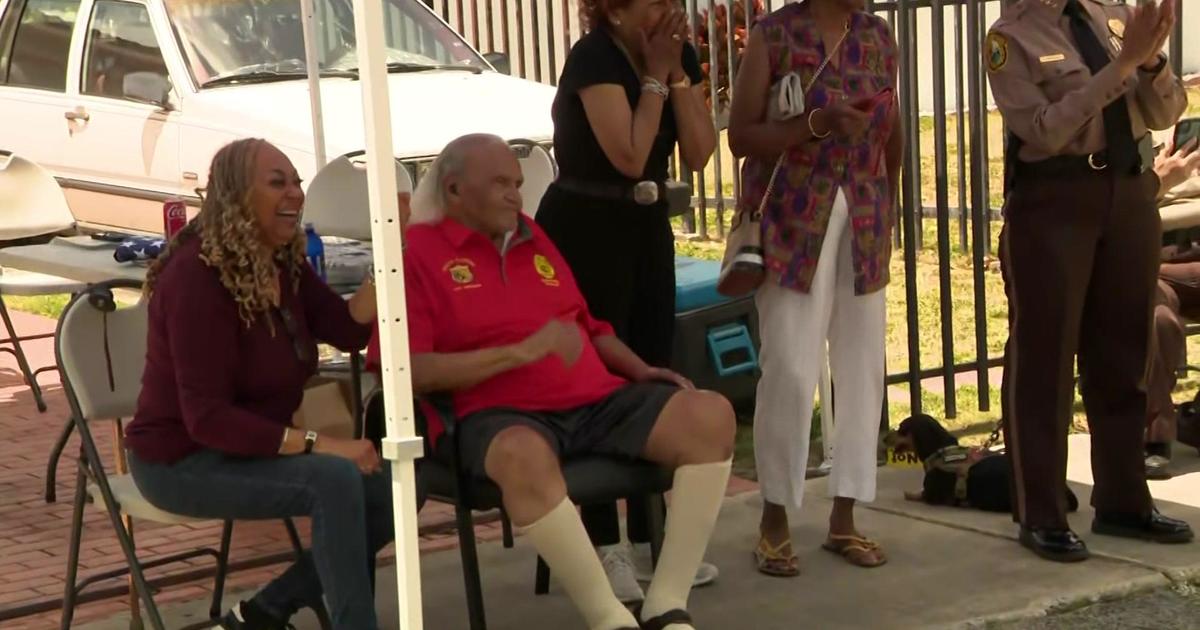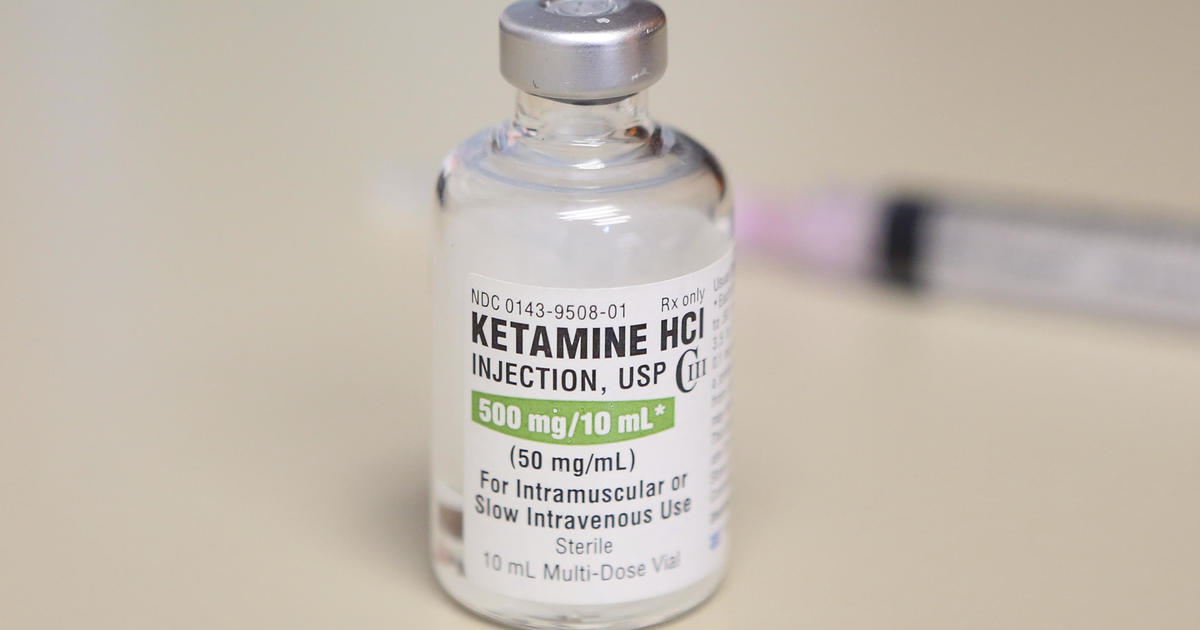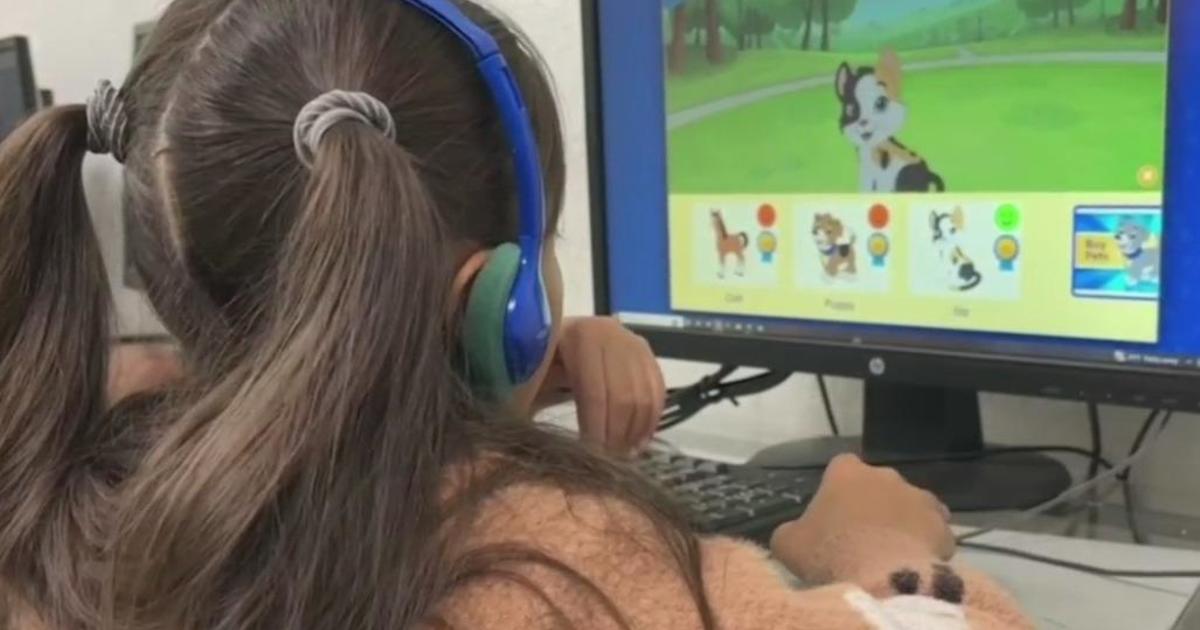Beautify Your Garden
(Courtesy: Miami-Dade Parks)
By Barbara McAdam
Miami's weather is perfect to take your landscape from drab to fab by adding plants that attract all types of pollinators: bees, butterflies, moths or birds. Adding plants that bring life via flight will give new delights to your garden. Pollinators bring the delicious, nutritious and healthy fruits and vegetables that we love to eat, like mangos.
It's important to be aware of this because right now there's a decline of bees and a loss of habitat for migrating monarch butterflies. In addition, there are also many butterfly species that are rare, imperiled, endangered or on the decline, and are likely to become destroyed or determined to be extinct in South Florida. Miami Blue, the local chapter of the North American Butterfly Association, has 39 imperiled butterflies listed on their website (miamiblue.org) as well as larval host plants for 93 butterflies found in Miami-Dade County. In other words, almost half of our local butterflies are threatened.
What Can You Do to Help?
First, learn about what plants to introduce into your yard to attract butterflies and other pollinators. Whether you are an experienced gardener or want to get a green thumb, the University of Florida IFAS Extension Office is available to assist you in making the best plant choices for your garden.
One of FFL's key principles is Right Plant, Right Place, which means choosing the right plant that is suitable for South Florida's environmental conditions and one that can grow with little pruning, synthetic fertilizers and less irrigation. The right place pertains to the site condition where you plant the plant.
If you are ready to get started, visit http://miami-dade.ifas.ufl.edu/ for information and a list of workshops to find the one that's right for you. The UF/IFAS Extension Digital Information Source (EDIS) website also has information on butterfly gardening and is constantly expanding – soon it will include information on all of our Florida butterflies.
Barbara McAdam is the Urban Horticulture Program Specialist Florida Yards & Neighborhoods at UF/IFAS Extension Miami-Dade County.
Celebrating Winged Wonders
Butterfly and Bird Day at Castellow Hammock Preserve and Nature Center will be back in the fall, though the exact date is still undetermined. There will be plants, educational presentations, information and interesting butterfly and bird nature walks.
Visit Miami Blue Chapter's website to find out more.
Castellow Hammock Preserve and Nature Center
22301 SW 162 Ave.
305.242.7688
Getting Started
Want to grow a butterfly garden? Here are a few must-have plants:
- Passiflora superosa: A small vine or ground cover that is a larval host plant for Zebra Longwing, Gulf Fritillary and Julia Longwing butterflies.
- Firebush/Hamelia Patens: A shrub or small tree that provides nectar for hummingbirds, butterflies, pollinators, berries for birds and a larval host plant for the Pluto sphinx.
- Butterfly Bush/Varronia bullata: A medium shrub with small nectar and rich white flowers.
- Red Salvia/Salvia Coccinea: A medium to tall herbaceous wildflower with scarlet flowers that attracts humming birds and all insect pollinators.
- Wild Sage/Lantana involucrate: A medium shrub that's the preferred nectar source for insect pollinators.
- Privet Senna/Senna ligustrina: A shrub-like plant that blooms all year and is the larval host plant for Sleepy Orange and Cloudless Sulphur butterflies.
- Coontie/Zamia integrifolia: This small herb-like shrub is the larval host for the Atala butterfly, which is no longer an endangered species but is still listed as a species of concern. Plant at least a dozen Coontie since the Atala travels as a colony: they arrive, lay eggs and new butterflies emerge at one time.
- Frog Fruit/Phyla nodiflora: This ground cover plant is considered by many to be a lawn weed, but butterflies love this plant. It's the larval host plant for Common Buckeye, White Peacock and Phaon Crescent while offering nectar for many other species of butterflies.
- Pineland croton/Croton linearis: This small shrub is the larval host for Bartram's Scrub-Hairstreak and Florida Leafwing Butterflies.
ABOUT US
The University of Florida's Extension Office is part of the Miami-Dade Parks Department. The Extension is a partnership between state, federal and county governments to provide scientific knowledge and expertise to the public. Thousands of Extension faculty members, scientists, educators, administrative staff and volunteers help provide solutions for your life.
More Articles From Miami-Dade Parks
Above content provided by Parks-Foundation of Miami-Dade and Miami-Dade Parks & Recreation



